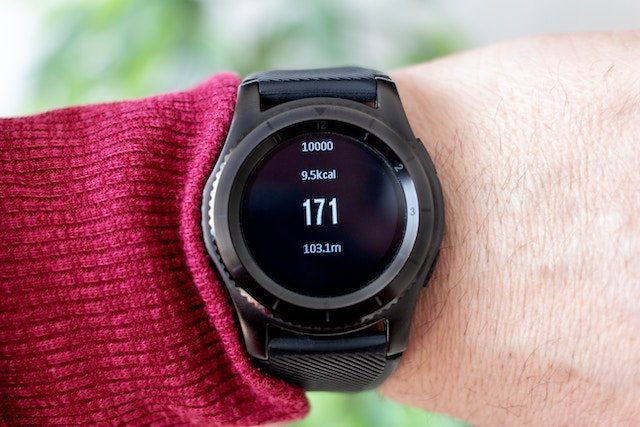
In a new study, researchers found that a person’s normal resting heart rate is fairly consistent over time, but may vary from others’ by up to 70 beats per minute.
The research was conducted by a team at the Scripps Research Translational Institute.
This is the analysis of the largest dataset of daily resting heart rate ever collected.
A routine visit to the doctor usually involves measurement of resting heart rate, but such measurements are rarely actionable unless they deviate significantly from a “normal” range established by population-level studies.
However, wearables that track heart rate now provide the opportunity to continuously monitor heart rate over time and identify normal resting heart rates at the individual level.
In the largest study of its kind to date, the team analyzed heart rate data from wearables worn for a median of 320 days by 92,457 people from across the U.S.
Nearly 33 million days’ worth of heart rate data were collected in total.
The researchers used the data to examine variations in resting heart rate for individuals over time, as well as between individuals with different characteristics.
The analysis showed that one person’s mean daily resting heart rate may differ by up to 70 beats per minute from another person’s normal rate.
Taken together, age, sex, body mass index (BMI), and average daily sleep duration accounted for less than 10% of the observed variation between individuals.
The authors also found a small seasonal trend in the resting heart rate, with slightly higher values observed in January and slightly lower values in July.
They also found that some people may occasionally experience brief periods when their resting heart rate differs by 10 or more beats per minute from their normal range.
These findings suggest that it is important to check whether tracking a person’s daily resting heart rate could enable earlier detection of clinically important changes.
The lead author of the study is Giorgio Quer.
The study is published in PLOS ONE.
Copyright © 2019 Knowridge Science Report. All rights reserved.



